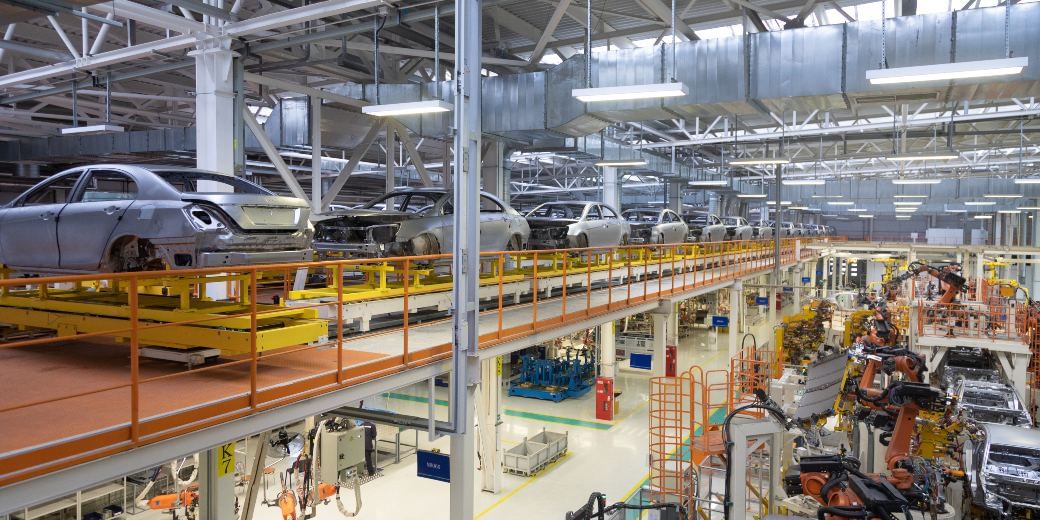Only labour-intensive industry can help provide jobs to idle hands: ILO
Report says between 7-8 million youths would join the labour force and manufacturing sector would be the country’s best bet to generate employment at least for the coming 10 years

Despite India’s current obsession with high technology, there seems to be no alternative to labour-intensive manufacturing since it would offer means to keep millions of youths who would inflate the labour force every year, a report from the International Labour Organization (ILO) and Institute for Human Development (IHD) has stated. It has said that every year anything between seven to eight million youths would join the country’s labour force and manufacturing sector that would need a number of people to turn the wheels would be the country’s best bet to generate employment at least for the coming 10 years.
The report assumes significance since it comes against the backdrop of growing adoption of AI-based technology that has been globally recognised as a threat to the human hands in both manufacturing and service industry. The world’s richest man and an investor in high technology industry, Elon Musk, has described AI as one of the biggest threats to human civilisation since machines are going to outsmart humans for the first time. Many other experts have sounded warnings to policy makers around the world about the employment-killing potential of generative AI.
“Fast-changing technological advancements, particularly artificial intelligence, are going to be important disruptive factors in the labour market, with positive and negative consequences. Although on a good footing, India still needs to do more to prepare itself for the challenges posed by new technologies,” mentioned the report titled “India Employment Report 2024”.
The report minces no words to say that the country needs to give primacy to the labour-intensive manufacturing sector to gainfully engage the abundant unskilled labour, along with the emerging employment-generating modern manufacturing and services sectors. The report also mentioned that micro, small and medium-sized enterprises should be given more support and incentives so that they proliferate more across the country.
Simultaneously, ILO and IHD laid emphasis on environment-friendly processes and economies based on ocean resources. Improvement of infrastructure in the villages and adoption of an integrated market to revive employment in the farm and non-farm sectors in rural areas should also be high on the priority list, the report said.
Incidentally, the report comes when the Centre has sought help from multi-lateral funding agencies such as the World Bank and Asian Development Bank to help the country formulate a grand vision to leapfrog into a developed nation status by the centenary year of the country’s Independence.
The ILO-IHD report mentions India could face disruptions in back-office contracts that might be taken over by AI.
However, the institutions have also said that the country’s throbbing startups, tech developers, and digital infrastructure could also help it to create employment. It mentioned that AI could be a double-edged sword, offering opportunity on the one hand to improve labour productivity and incomes of even unskilled and semi-skilled workers, while on the other disadvantaged states are less prepared for this scenario and a huge number of youths might need to undergo special training programmes to take its advantage.
“Employed youths have been much more likely to be in more vulnerable occupations (informal) or in the informal sector. Youth wages and earnings have increased with age but are lower than what they are for adults for all categories of employment. Educated youths have experienced much higher levels of unemployment as the youth unemployment rate has increased with the level of education, with the highest rates among those with a graduate degree or higher and higher among women than men,” said the report.
Download Money9 App for the latest updates on Personal Finance.
Related
- Top 25 Best Selling Cars in the US Q1 2025 Ford Leads Tesla Holds, and Sedans Make a Comeback
- Vegan vs Non-Vegetarian: Which Diet Is More Nutritious and Better for Your Health?
- होंडा ने हेडलाइट समस्या को ठीक करने के लिए वापस मंगवाई CB300R मोटरसाइकिलें
- RBI ने लगातार दूसरी बार रेपो दर में कटौती की, कर्ज होंगे सस्ते
- Tata Motors की वैश्विक थोक बिक्री चौथी तिमाही में 3% घटकर 366177 इकाई
- सुरक्षा मानदंडों को पूरा करने की बढ़ती लागत की वजह से दाम बढ़ा रही हैं कार कंपनियां

